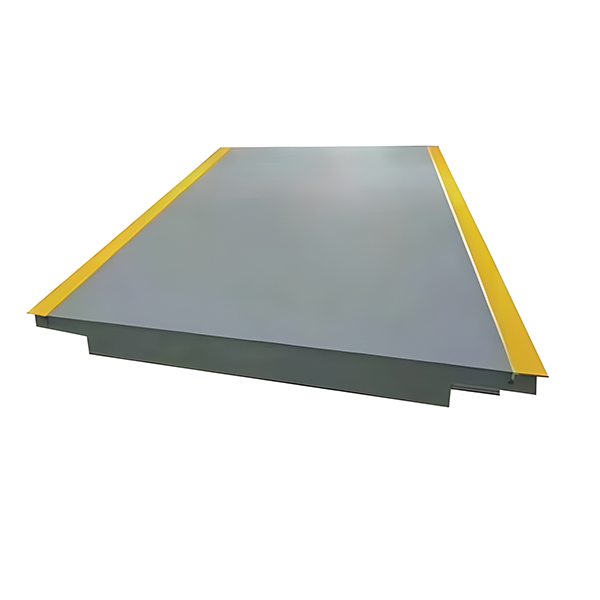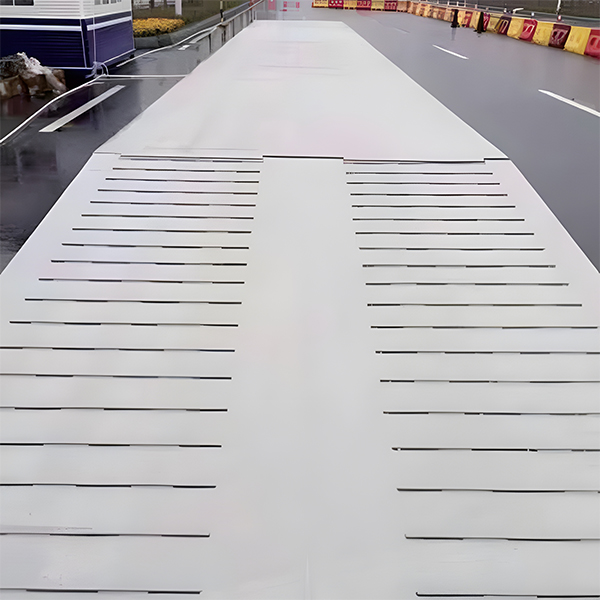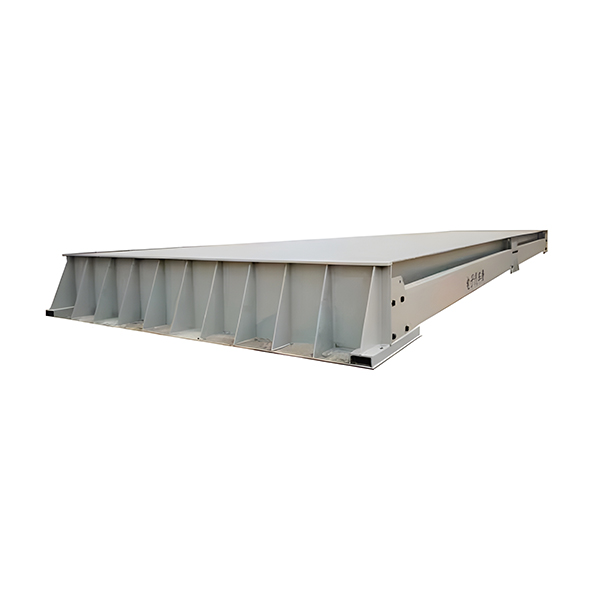Web Menu
Product Search
Exit Menu
Does a truck scale need to be physically verified?
Truck scales require regular physical verification. This is one of the core technical means to ensure the accuracy, reliability, and credibility of its weighing results. The reasons are as follows:
Verify overall system accuracy:
Physical verification uses actual objects of known weight (such as standard weights, calibrated heavy-duty vehicles, or heavy objects) for loading testing.
This method can directly and realistically simulate the actual usage state, comprehensively testing the absolute accuracy and comprehensive performance of the entire weighing system, including the scale structure, sensors, connectors, junction boxes, instruments, and foundations.
Identify potential deviations and systematic errors:
Relying solely on instrument self inspection or small-scale calibration may not be able to detect issues that only manifest under high loads, such as slight deformation of the scale body, nonlinearity of sensors, fatigue of connectors, and uneven foundation settlement.
Physical verification (especially full range or commonly used range calibration) can expose systematic deviations and range linearity issues that are difficult to detect under empty scale or small load conditions.
Confirm the accuracy of value transmission:
Truck scales are mandatory measuring instruments used in key occasions such as trade settlement and internal verification.
Physical verification is the most direct and reliable way to trace its measurement value back to national (or international) quality standards, ensuring that its displayed value is consistent with the actual physical weight, meets legal metrological requirements, and guarantees the fairness of transactions.
Enhance user trust and data credibility:
The data obtained from the use of physically verified car scales is more authoritative and persuasive in front of both buyers and sellers, regulatory agencies, or internal audits.
It is powerful evidence to prove that the weighing instrument is in good condition and the data is reliable, which can effectively reduce measurement disputes and maintain corporate reputation.
Detecting and preventing cheating behavior:
Physical verification helps to detect cheating devices or interference signals that are artificially set up and difficult to detect through routine inspections (such as remote control devices, physical wedges that change the force state of sensors, etc.).
Abnormal verification results are important signals for identifying potential illegal interventions.
Ensure safe operation:
For the application of vehicle weight restrictions (such as transportation safety and factory road weight restrictions), the accuracy of the truck scale is directly related to safety.
Accurate physical verification can effectively prevent the risk of vehicle overload caused by inaccurate weighing, protect personnel safety and infrastructure (such as factory roads and bridges).
Verify installation and maintenance effectiveness:
After the first installation, relocation, and major overhaul of the truck scale, physical verification must be carried out to confirm the correctness of installation and the recovery of performance.
Regular physical verification is also the main basis for evaluating the effectiveness of daily maintenance and determining whether further repairs or adjustments are needed.
Meet regulatory and standard requirements:
Most countries or regions' metrology regulations, industry standards, and quality management systems (such as ISO) clearly stipulate the requirement for periodic physical inspection/calibration of truck scales used for trade settlement, which is a mandatory prerequisite for legal use.
| Requirement for Physical Verification | Critical Needs Addressed |
| Validate System Accuracy | • Test entire weighing system (platform, sensors, instrumentation) under real-world loads.• Confirm absolute accuracy using traceable physical weights (e.g., certified masses or test vehicles). |
| Detect Systemic Errors | • Expose hidden inaccuracies only visible at full operating loads (structural deflection, sensor nonlinearity, foundation issues).• Identify gradual performance degradation undetectable via electronic diagnostics. |
| Ensure Metrological Traceability | • Establish direct link to national/international measurement standards.• Fulfill legal metrology requirements for trade-approved scales. |
| Maintain Trust & Credibility | • Provide auditable proof of scale integrity to stakeholders (buyers, regulators, auditors).• Resolve disputes with irrefutable verification evidence. |
| Prevent Tampering & Fraud | • Detect physical/electronic manipulation schemes (shimming, remote interference).• Validate security seals and mechanical integrity during testing. |
| Guarantee Safety Compliance | • Verify overload prevention accuracy for vehicle safety and infrastructure protection.• Ensure compliance with transport weight regulations. |
| Verify Critical Interventions | • Mandatory after installation, relocation, major repairs, or structural impact.• Assess effectiveness of maintenance procedures and component replacements. |
| Meet Regulatory Obligations | • Satisfy periodic verification mandates from metrological authorities.• Adhere to industry-specific quality/security standards (e.g., ISO, trade associations). |
-
Add: Building 3, No. 355, Xiangshan East Road, Binhai Economic Development Zone, Cixi City, Ningbo, Zhejiang, China.
-
Tel: +86-18969402526
-
Phone: +86-0574-86817102
-
E-mail: [email protected]

 English
English 中文简体
中文简体





